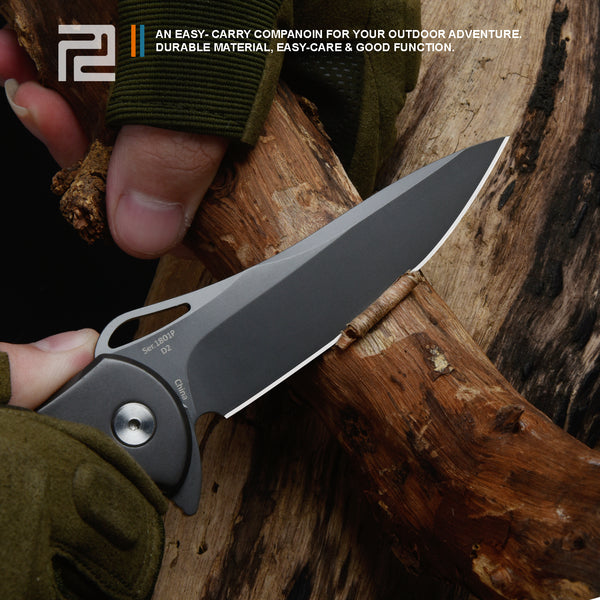Guest
Guest
Sep 10, 2024
5:38 PM

|
The Anatomy of a Folding Knife: Understanding What Makes a Great Tool
Folding knives have become essential tools for many, whether for everyday carry, outdoor adventures, or specialized tasks. Understanding the anatomy of a folding knife can help you choose the right one for your needs. In this article, we will explore the key components that make a folding knife an excellent tool. 
Key Components of a Folding Knife
A folding knife consists of several critical parts, each contributing to its functionality and effectiveness. Here are the main components:
- Blade: The blade is the most crucial part of a folding knife. It can vary in shape, size, and material, affecting its cutting performance.
- Handle: The handle provides grip and control. Materials can range from wood to synthetic composites, impacting durability and comfort.
- Pivot Point: This is where the blade rotates when opening and closing. A well-designed pivot ensures smooth operation.
- Locking Mechanism: This feature secures the blade in place when open, preventing accidental closure. Common types include liner locks, frame locks, and back locks.
Types of Folding Knives
Folding knives come in various styles, each tailored for specific uses. Understanding these types can help you select the best folding knife for your needs:
- Everyday Carry (EDC): These knives are compact and versatile, ideal for daily tasks.
- Outdoor Folding Knives: Designed for camping and hiking, these knives often feature robust blades and durable handles.
- Specialized Folding Knives: These may include tactical knives or those designed for specific trades, such as fishing or hunting.
Choosing the Right Folding Knife
When selecting a folding knife, consider the following factors:
- Purpose: What will you primarily use the knife for? This will guide your choice in blade type and size.
- Material: High-quality steel and durable handle materials enhance performance and longevity.
- Size and Weight: Ensure the knife is comfortable to carry and use, especially if it will be an EDC item.
Maintenance Tips for Your Folding Knife
To ensure your folding knife remains in optimal condition, regular maintenance is essential. Here are some tips:
- Clean the Blade: Regularly wipe the blade to remove dirt and moisture.
- Lubricate the Pivot: A few drops of oil can enhance the smoothness of the opening and closing action.
- Sharpen the Blade: Keeping the blade sharp ensures effective cutting performance.
For those interested in exploring a wide range of folding knives, consider visiting  . This collection features various styles and designs, catering to different preferences and needs. . This collection features various styles and designs, catering to different preferences and needs.
Conclusion
Understanding the anatomy of a folding knife is crucial for making an informed purchase. By considering the components, types, and maintenance tips discussed, you can select a folding knife that meets your specific requirements. Whether for everyday tasks or outdoor adventures, a well-chosen folding knife can be a reliable companion.
|